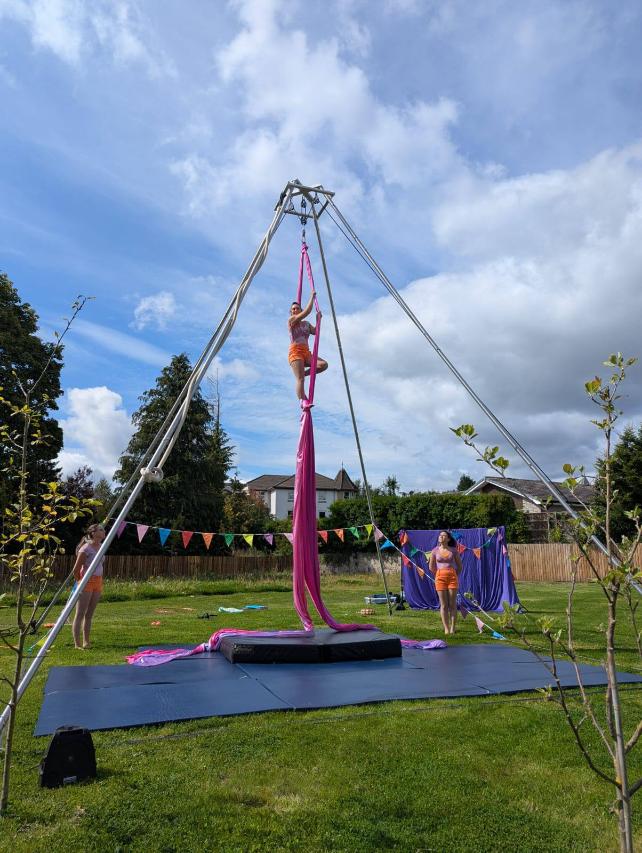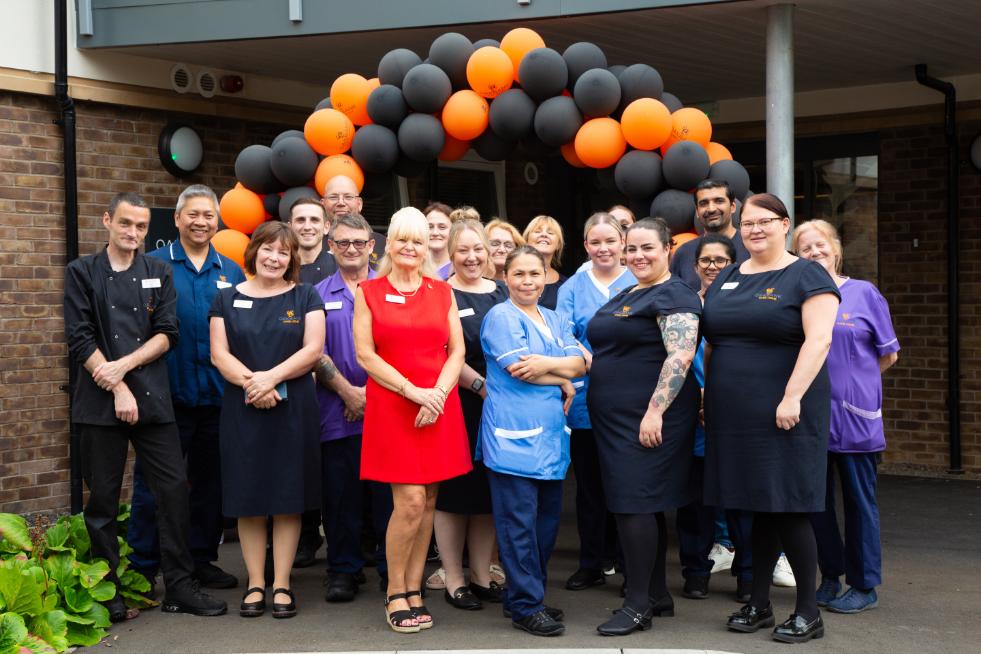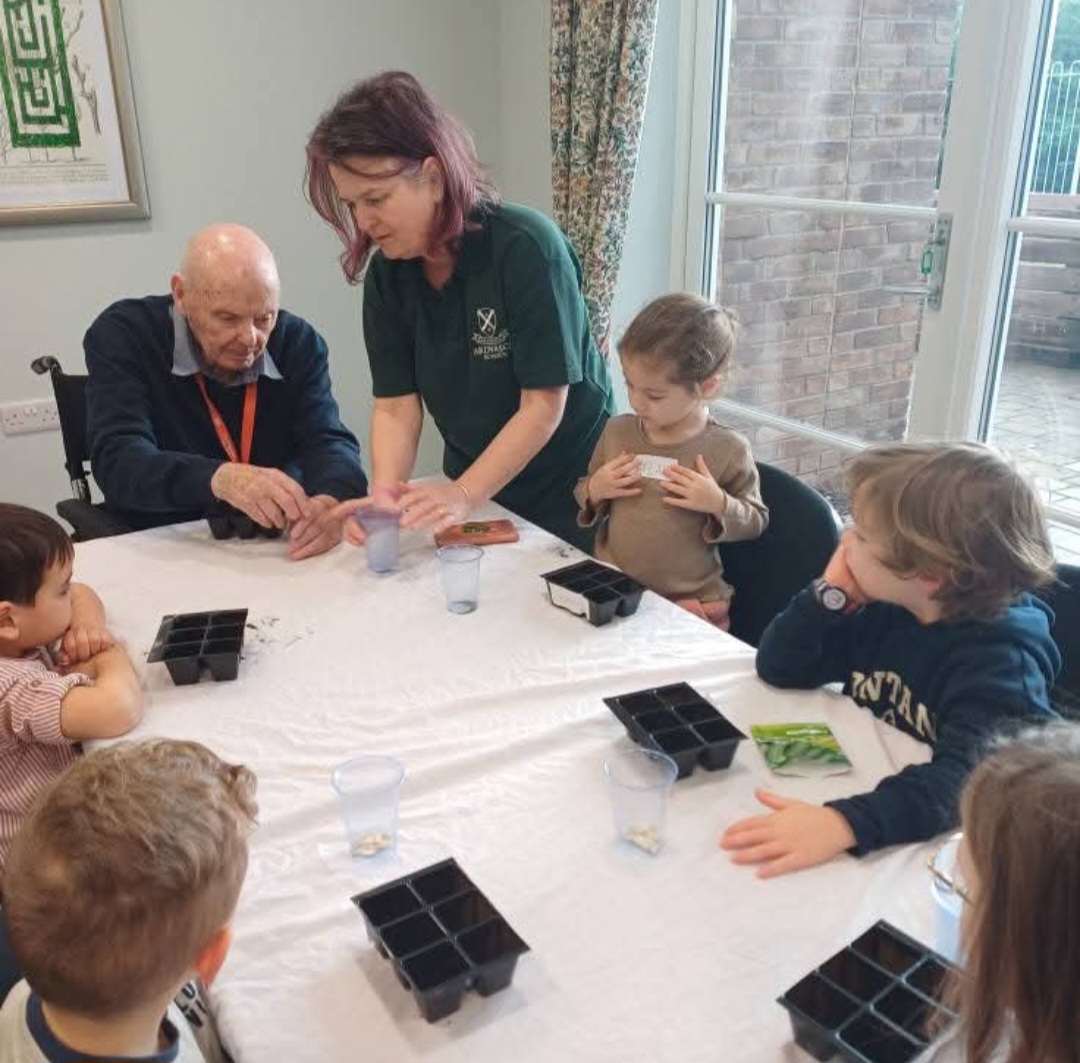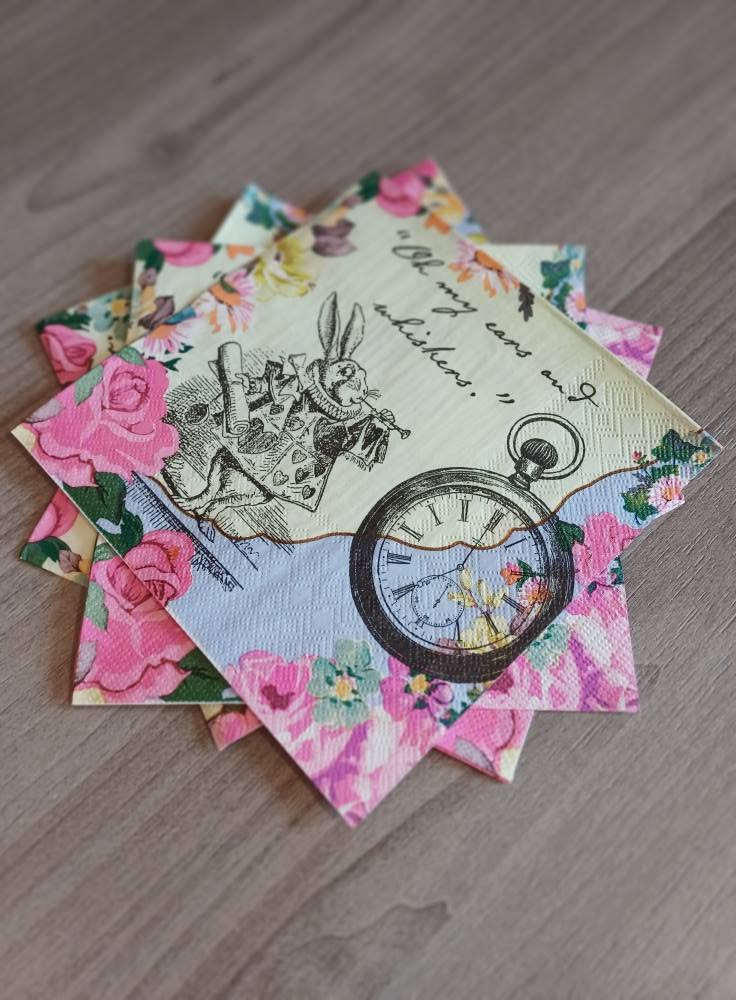Strategies to Keep Care Home Residents Active and Engaged
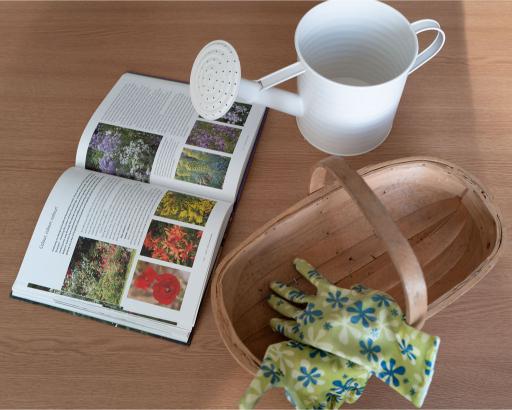
As residents in care homes age, maintaining mobility and physical strength becomes essential. Regular physical activity aids in preserving independence, reducing the risk of chronic diseases, and enhancing overall vitality. Care homes need to prioritise physical activity not just for health outcomes but to promote an overall sense of well-being. Connecting residents to the local community also improves their physical health and overall well-being.
Research consistently shows that even gentle physical activity significantly improves mobility, balance, and flexibility in older adults. Walking, light stretching, and low-impact exercises help to prevent falls—one of the most common and dangerous risks for elderly individuals. Regular movement improves cardiovascular health and boosts energy levels, which in turn can positively influence residents’ outlook on life.
For those who can still manage independent mobility, regular outdoor walks, light aerobics, and yoga sessions are highly effective. For others, who may experience more severe physical limitations, seated exercises—such as simple arm or leg lifts—can still offer tremendous benefits. Even these smaller movements improve circulation, strengthen muscles, and enhance joint flexibility, thereby preserving a degree of independence.
By tailoring physical activities to individual residents’ needs, care homes can ensure that every person receives the appropriate level of exercise and can enjoy the positive effects of regular physical activity.
Emotional and Mental Health Well-being Through Activity
While physical health is of course a huge concern, we can't underestimate the importance of activities that support emotional and mental well-being. Keeping residents mentally active and socially engaged is fundamental to their quality of life. One of the most significant challenges faced by elderly residents in care homes is the risk of isolation, which can lead to depression, cognitive decline, and other mental health issues. Structured activities, whether they are social, creative, or intellectually stimulating, help mitigate these risks. Group activities, such as puzzles, reading clubs, or shared games, stimulate cognitive functions, enhancing memory retention and problem-solving skills. These activities are particularly effective for residents dealing with early stages of cognitive impairment, as they help slow the progression of memory-related conditions.
A good multidisciplinary team (MDT) plays an important role in providing tailored care for residents with mental health issues. The MDT, consisting of various health and care professionals, including an activities team collaborates to meet the needs of residents through weekly home rounds and meetings, ensuring a comprehensive approach to therapy and support services.
Emotional health is closely tied to activity levels as well. Enjoying creative arts or participating in reminiscence therapy sessions provides residents with an outlet for self-expression. For instance, art therapy allows residents to express emotions they may struggle to communicate verbally, while reminiscence therapy—often using music or storytelling—evokes memories that promote emotional connections with their past. The use of familiar songs, photographs, or stories stimulates positive emotions, providing comfort and a sense of identity.
The social interactions fostered through group activities contribute significantly to emotional health. Regular engagement with others in a supportive setting reduces feelings of loneliness and promotes a sense of belonging. In particular, group-based activities—whether exercise sessions, board games, or music therapy—offer both mental stimulation and the comfort of companionship.

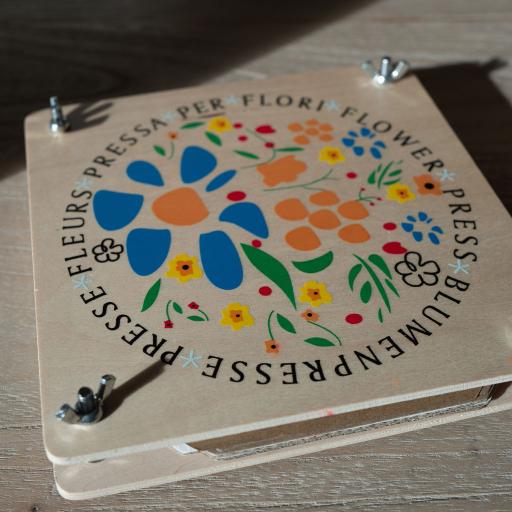
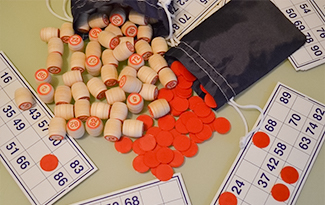
Tailoring Activities to Individual Abilities
A key aspect of successfully keeping residents active in care homes is the ability to tailor activities to suit individual abilities and preferences. Each resident will have unique physical and cognitive capacities, and a one-size-fits-all approach isn't effective.
The first step in creating personalised activity programs involves assessing the individual needs and capabilities of each resident, including their personal care requirements. For some, physical activities like walking or stretching may be appropriate, while others may need seated exercises or adapted forms of movement that reduce strain. Activities should also consider each resident’s history, interests, and preferences, ensuring that they feel motivated and empowered to participate.
For less mobile residents, gentle seated exercises such as chair yoga or hand stretches can help maintain muscle tone and flexibility. These exercises, while simple, keep the body engaged and provide essential movement for those with limited mobility. For residents with higher physical capacities, activities like walking groups, light aerobics, or tai chi classes offer the physical benefits of regular exercise, coupled with the emotional benefits of group participation.
Adapting cognitive and social activities is equally important. For residents with dementia or other cognitive impairments, activities that are familiar or repetitive, such as simple puzzles, crafts, or memory games, are ideal. Other residents might enjoy more challenging activities, such as book discussions, advanced puzzles, or creative writing workshops. The goal is to create a sense of accomplishment and purpose, regardless of the individual’s level of ability.
By ensuring activities are varied, inclusive, and tailored to individual needs, care homes can create a more dynamic and supportive environment where every resident has the opportunity to remain active. Providing tailored activities in a residential setting is crucial to meet the diverse needs of residents, ensuring they receive the appropriate level of support and engagement.
The Role of Outdoor Activities
Getting out into nature and enjoying some fresh air plays a vital role in improving residents' physical and mental health. Outdoor activities provide a much-needed change of scenery, and the simple act of being outside has been shown to improve mood, reduce anxiety, and enhance physical well-being.
Spending time outdoors, whether through organised walks or passive activities like gardening, offers residents the opportunity to reconnect with the natural world, which is both soothing and stimulating. For example, guided nature walks around the care home’s grounds or in a nearby park allow residents to enjoy the benefits of light exercise while taking in the sights and sounds of the environment. For those with more limited mobility, setting up outdoor seating areas where they can enjoy the fresh air and natural surroundings offers similar benefits.
Gardening is another excellent activity for residents, as it combines light physical activity with mental stimulation. The act of caring for plants, even in small ways, fosters a sense of purpose and accomplishment. Gardening also provides sensory stimulation—the smell of flowers, the feel of soil—which can be particularly beneficial for residents with sensory impairments or dementia.
By incorporating more outdoor activities into the care home’s routine, residents are given the opportunity to enjoy the many physical and emotional benefits that come from being in natural surroundings.
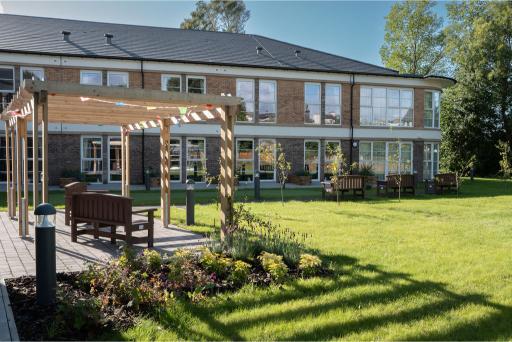
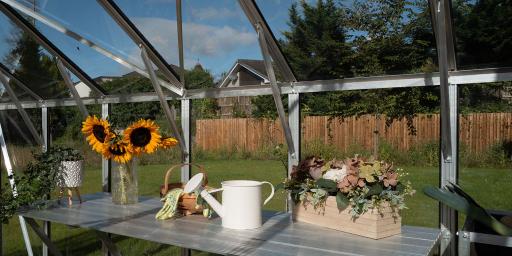
Using Technology to Enhance Activity Programs
In recent years, the integration of technology into activity programs has opened up new opportunities for keeping residents active. Virtual classes and interactive games are increasingly popular tools for promoting both physical and mental engagement in elderly care settings.
Virtual fitness classes, for instance, offer residents the ability to participate in exercise routines that may not be readily available in the care home. From chair yoga to light aerobics, these classes are often designed specifically for older adults and provide a way for residents to stay physically active at their own pace. Many virtual fitness programs also incorporate social elements, allowing participants to interact with others through the shared experience of the class, which helps combat isolation.
Interactive video games that require physical movement, such as virtual bowling or dance programs, have also gained traction in care homes. These games not only encourage physical movement but are engaging and fun, motivating residents to participate.
Technology should not be seen as a replacement for traditional activities, but rather as a complementary tool that can enhance the activity programs already in place. When used thoughtfully, technology can provide residents with more options to stay active and engaged, regardless of their physical or cognitive abilities. Technology can support residents who receive NHS-funded nursing care by offering tailored activities that meet their specific needs and enhance their overall well-being.
Staff and Family Support in Encouraging Physical Activity
One of the most important factors in keeping care home residents active is the involvement of staff and family members. Staff play a critical role in motivating residents to participate in activities, and their support can make all the difference in ensuring that residents feel comfortable and encouraged to stay engaged.
Training care home staff to understand the physical and emotional benefits of activity is essential. Staff should be well-versed in how to adapt activities to residents’ abilities, how to offer encouragement, and how to create a positive atmosphere that fosters participation. When you're choosing a care home make sure that the staff are attentive to residents’ preferences and moods, ensuring that activities are enjoyable.
Family involvement is equally important. Encouraging families to participate in activities—whether through family activity days or by sharing updates on residents’ progress—helps build a stronger sense of community and support. When residents see their loved ones engaged in the activities they enjoy, it strengthens bonds and reinforces the emotional benefits of participation.
A Holistic Approach to Active Living in Nursing Homes
Keeping residents in care homes active supports a holistic approach to healthy aging—one that considers the physical, mental, and emotional aspects of well-being through both nursing care and residential care. By providing tailored activity programs, building social connections, and encouraging outdoor engagement, care homes can create an environment where residents feel empowered to stay active and engaged.
Nursing homes provide specialised nursing care for individuals with complex medical needs, while residential homes offer personal care and support for those who do not require 24-hour medical attention. Tailored care in each setting is crucial for meeting the diverse needs of residents.
A well-rounded activity program, supported by dedicated staff and involved family members, ensures that residents can enjoy a better quality of life, filled with purpose, dignity, and joy. Self-funding and paying for one's own care can provide residents with more options for staying active and engaged.
Activities at Oakbank Care Home in Crieff
At Oakbank Care Home, we believe in making every day meaningful and engaging for our residents. From personalised activity programs to social gatherings and serene outdoor spaces, our dedicated team ensures each resident can enjoy a fulfilling, active lifestyle. Contact us today to arrange a tour or speak with our caring staff.


